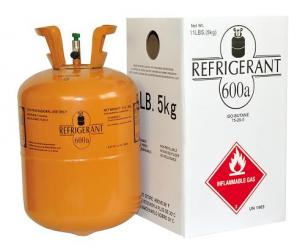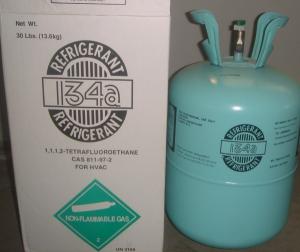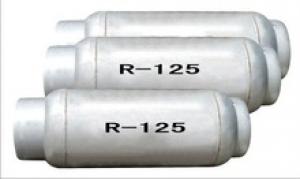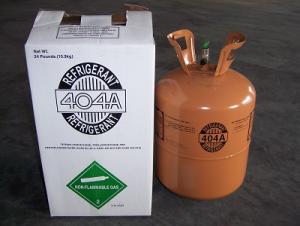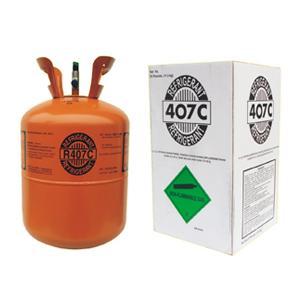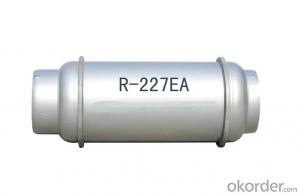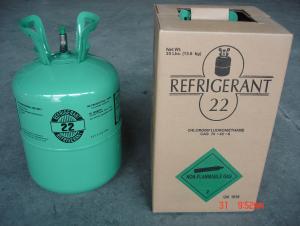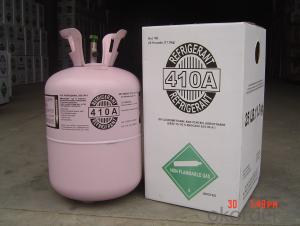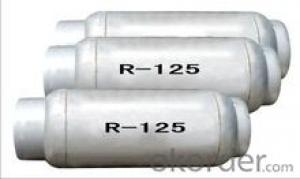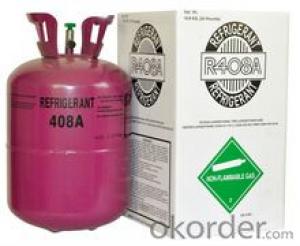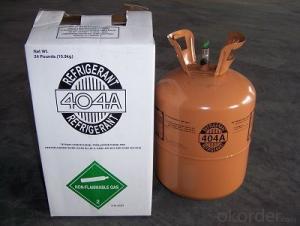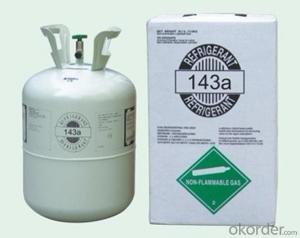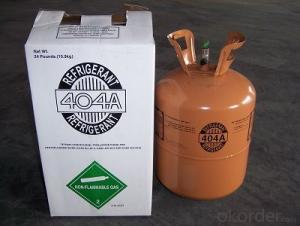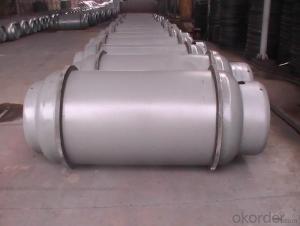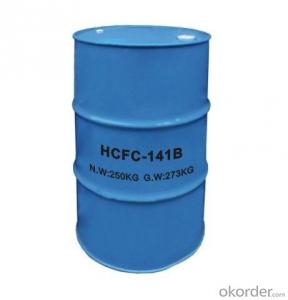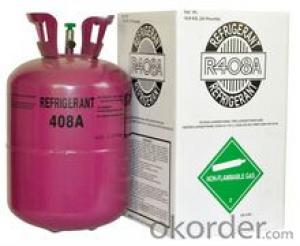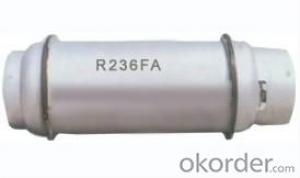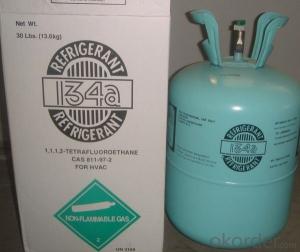Refrigerant R600a Gas
- Loading Port:
- Shanghai
- Payment Terms:
- TT OR LC
- Min Order Qty:
- -
- Supply Capability:
- 1000MT m.t./month
OKorder Service Pledge
OKorder Financial Service
You Might Also Like
1.Easy to evaporate
2.OEM is welcomed
3.Delivery within15 days
4.Disposable cylinder 30lb/13.6kg, 50lbs/22.7kg
Refrigerant can replace R12
Property of chloride
Formula: C4H10
Molecular weight: 58.13
B.P., °C: -11.7
Critical temperature: 135
Critical pressure, MPa: 3.65
Critical density, g/cm3: 0.221
Density of saturated liquid25°C,g/cm3: 0.551
Specific heat of liquid,25°C,[KJ/(Kg·°C)]:2.38
Latent heat of evaporation at atm pressure,
KJ/Kg: 362.6
ODP: 0
GWP: 3
Quality standard
Appearance: colorless, no turbid
Odor: odorless
Purity, ≥%: 99.5
Moisture, ≤%: 0.001
Acidity, ≤%: 0.0001
Residue on evaporation, ≤%: 0.01
- Q: What is the difference between an aromatic compound and a hydrocarbon derivative?
- The aromatic compound is a benzene ring containing compound, which may be a hydrocarbon or a hydrocarbon derivative. Hydrocarbons are hydrocarbon-containing compounds, and hydrocarbons containing hydrocarbons other than hydrocarbons are derivatives of hydrocarbons. The two concepts have crossed.
- Q: Simply talk about hydrocarbons
- Hydrocarbons in petroleum are abbreviations of hydrocarbons, which are written in the "water" and "water" in "carbon". Hydrocarbons are classified as saturated hydrocarbons and unsaturated hydrocarbons. Petroleum hydrocarbons are mostly saturated hydrocarbons, and unsaturated hydrocarbons such as ethylene, acetylene, etc., generally only in the oil processing process can be obtained.
- Q: Why the silicon hydride less, a lot of hydrocarbons. (Why did not you find silicon-based creatures) and why are so many oxides of silicon, little carbon oxides?
- Silicon oxide than carbon, because the outermost layer of silicon has three levels ah, (SiO, SiO2, Si2O6) silicon less organic matter, the front also said that the organic instability of silicon
- Q: High school chemical hydrocarbons with hydrocarbon derivatives with water solubility, density for accurate and comprehensive summary, thank you. Out of college entrance examination
- The amount of forgotten, just remember the carbon six rings
- Q: What is the relationship between hydrocarbon and hydrocarbon derivatives?
- Hydrocarbons, which are composed of two elements, carbon and hydrogen, are called hydrocarbons and hydrocarbons. It reacts with chlorine, bromine vapor, oxygen, etc. to produce hydrocarbons.
- Q: Will AsH3 (arsenic trioxide) is organic or inorganic
- AsH3 (arsine trihydride) is not containing C element
- Q: The role of aromatic hydrocarbons
- Aromatic hydrocarbons referred to as "aromatic hydrocarbons", usually refers to the molecule containing benzene ring structure of the hydrocarbons. Is a closed-chain type. With the basic structure of the benzene ring, the history of the early discovery of such compounds have more aromatic flavor, so called these Hydrocarbons are aromatic hydrocarbons, and hydrocarbons that are later found to have no aromatic flavor are also commonly used in this way, such as benzene, naphthalene, etc. The homology of benzene is CnH2n-6 (n≥6).
- Q: What are the derivatives of hydrocarbons?
- Halogenated hydrocarbons, alcohols
- Q: Does Organic Chemistry Study the Performance of Hydrocarbons and Their Derivatives?
- Also study the structure and transformation
- Q: Inorganic chemistry employment direction? Current research direction
- Optical inorganic boring, and now are with rare earth elements and radioactive elements to do some material research. Or electrochemical. battery!
Send your message to us
Refrigerant R600a Gas
- Loading Port:
- Shanghai
- Payment Terms:
- TT OR LC
- Min Order Qty:
- -
- Supply Capability:
- 1000MT m.t./month
OKorder Service Pledge
OKorder Financial Service
Similar products
Hot products
Hot Searches
